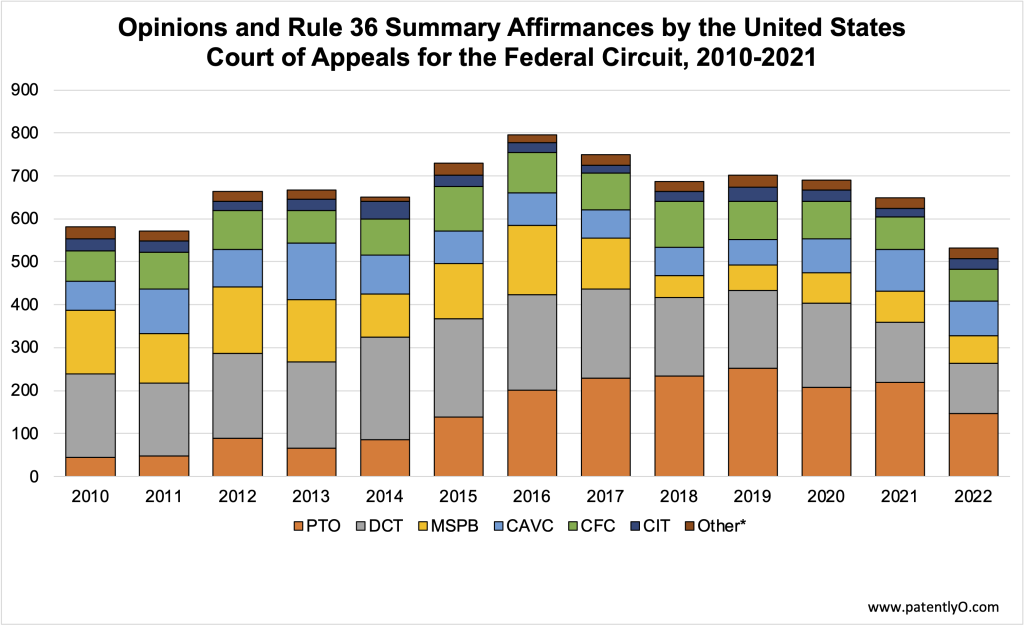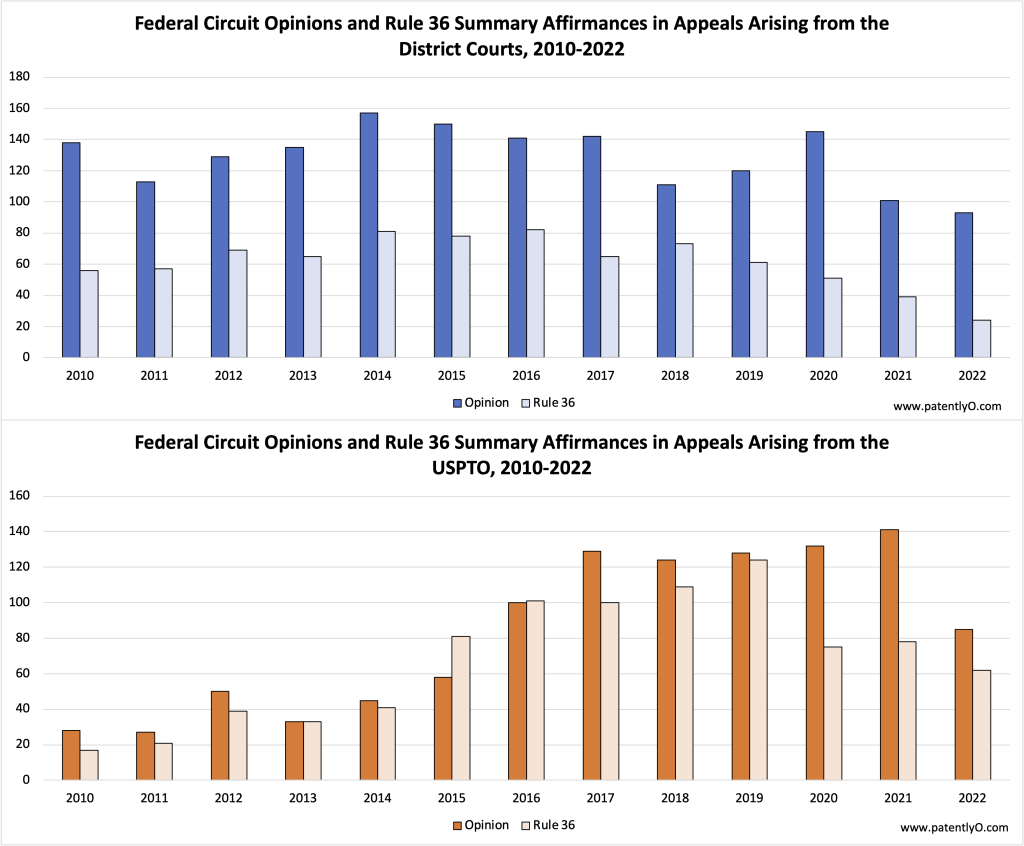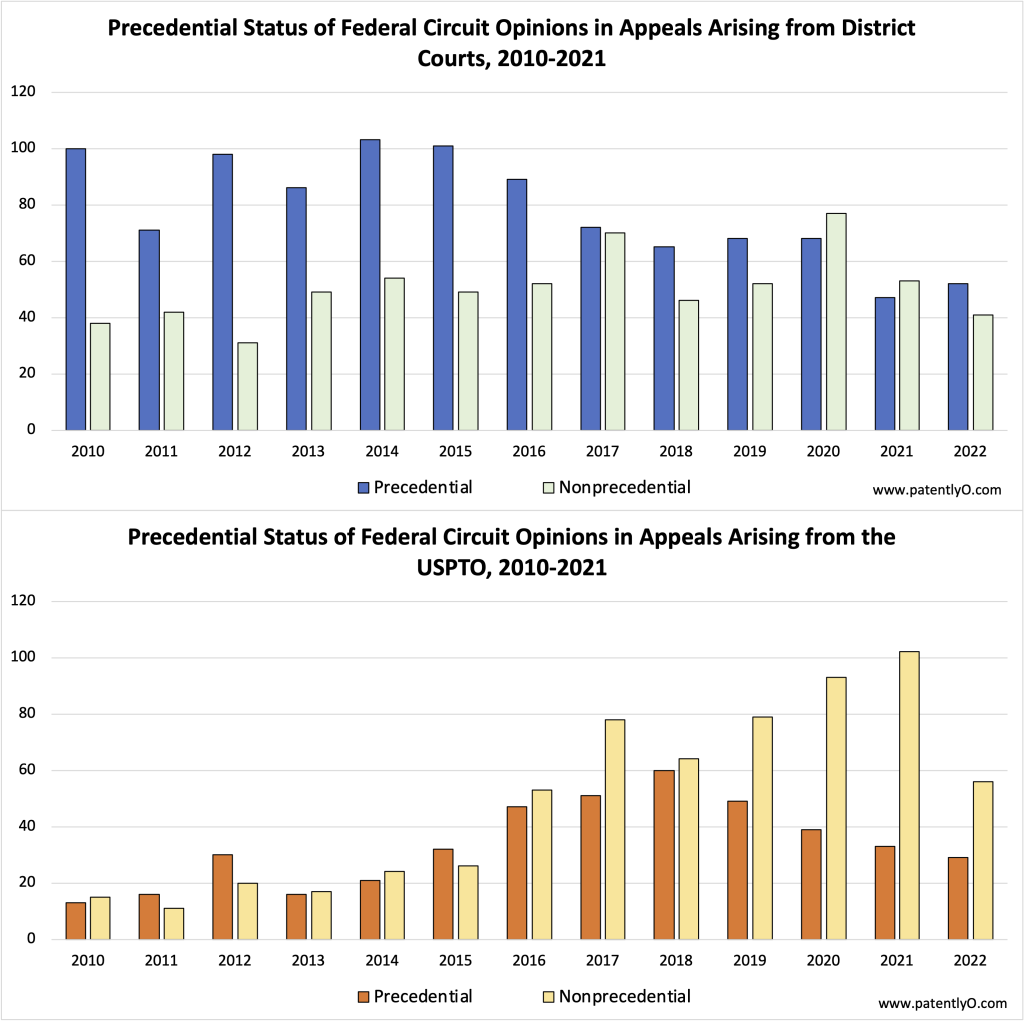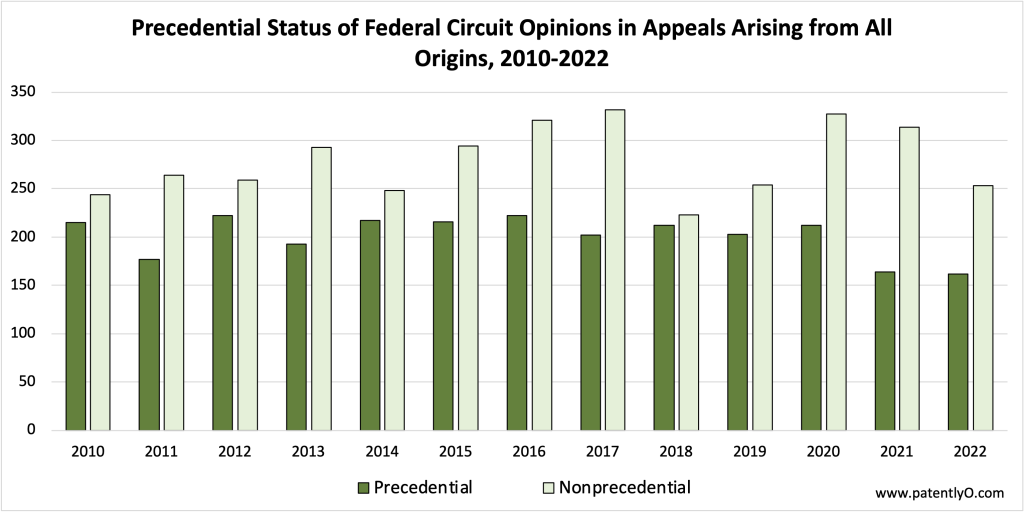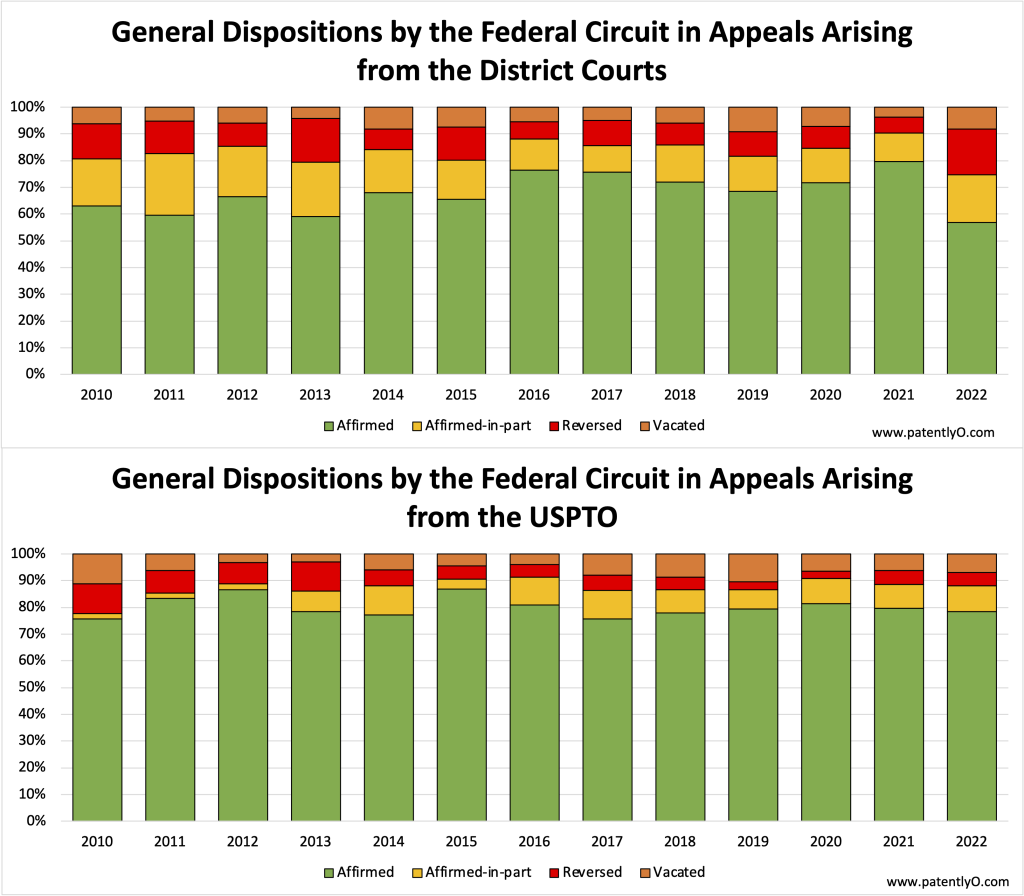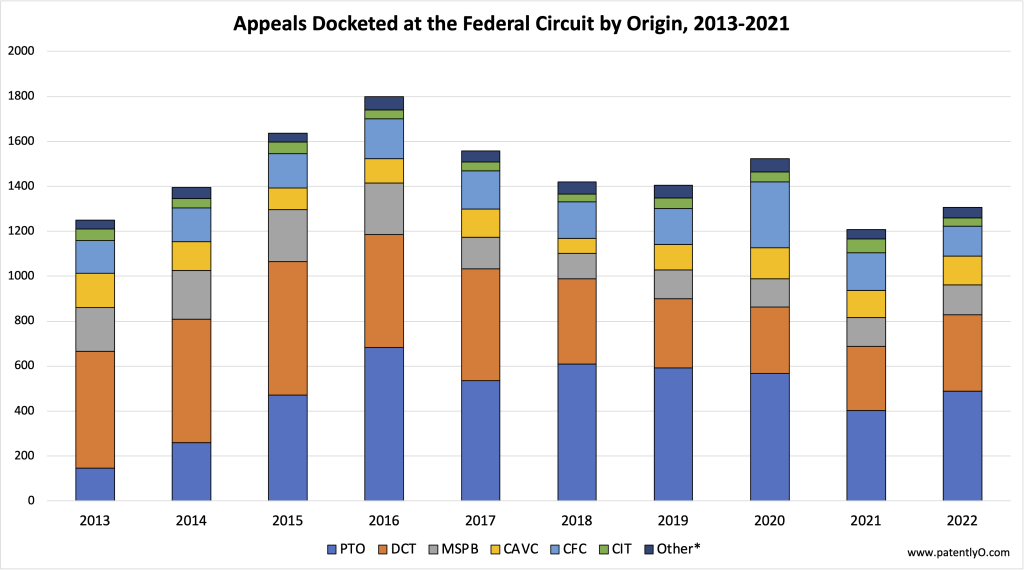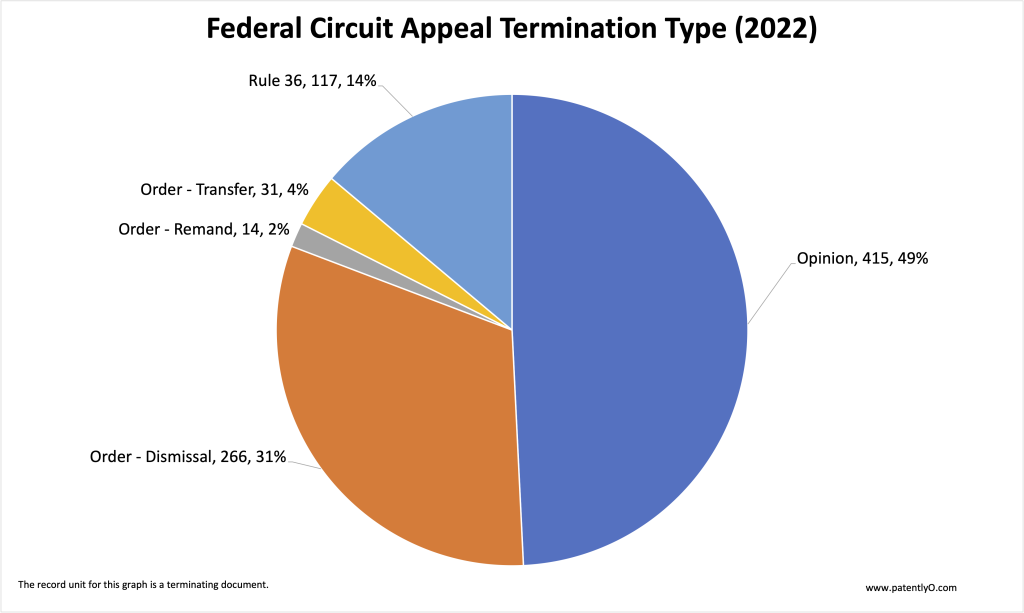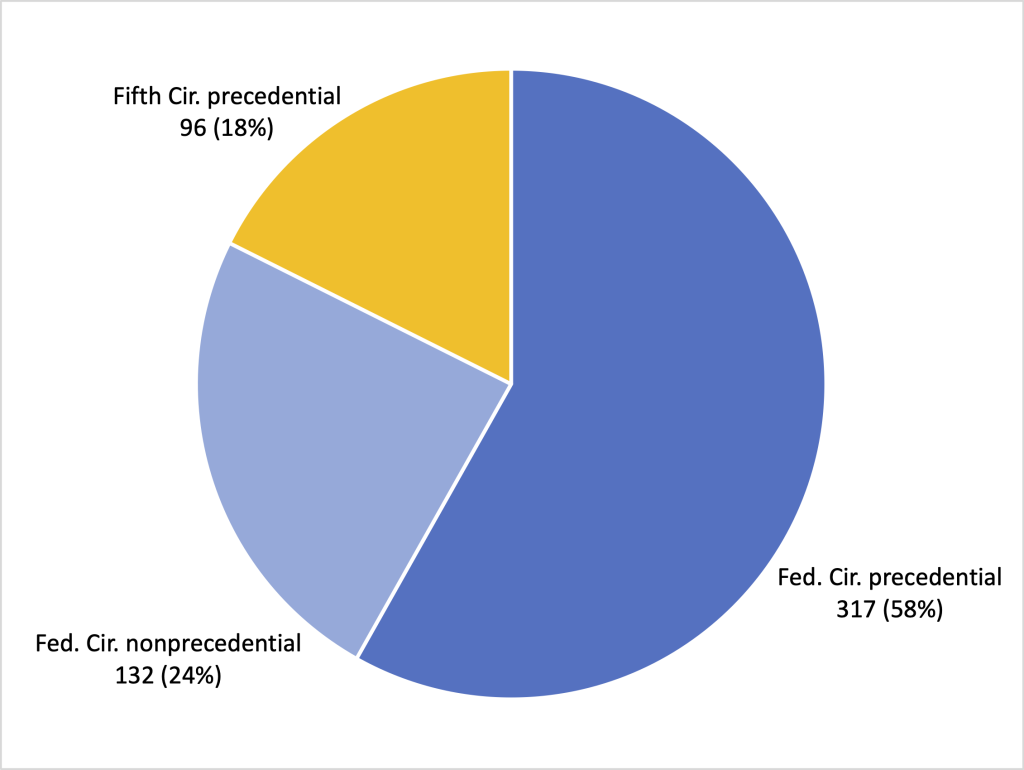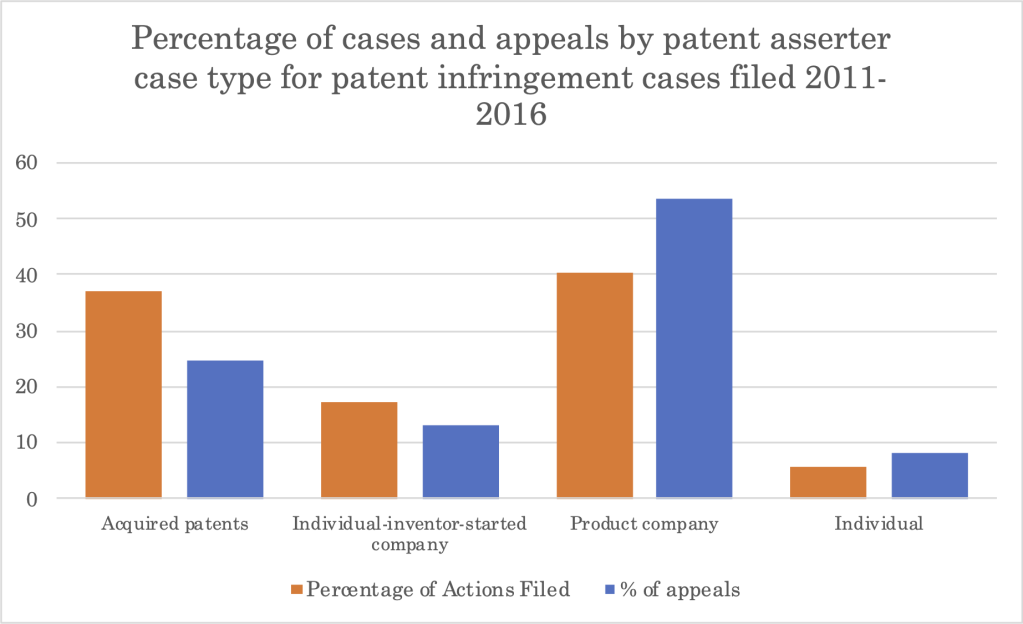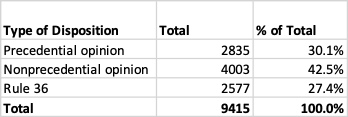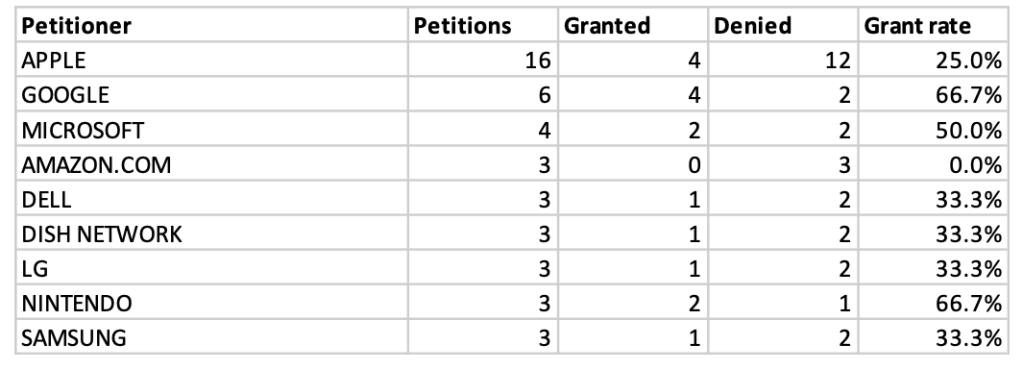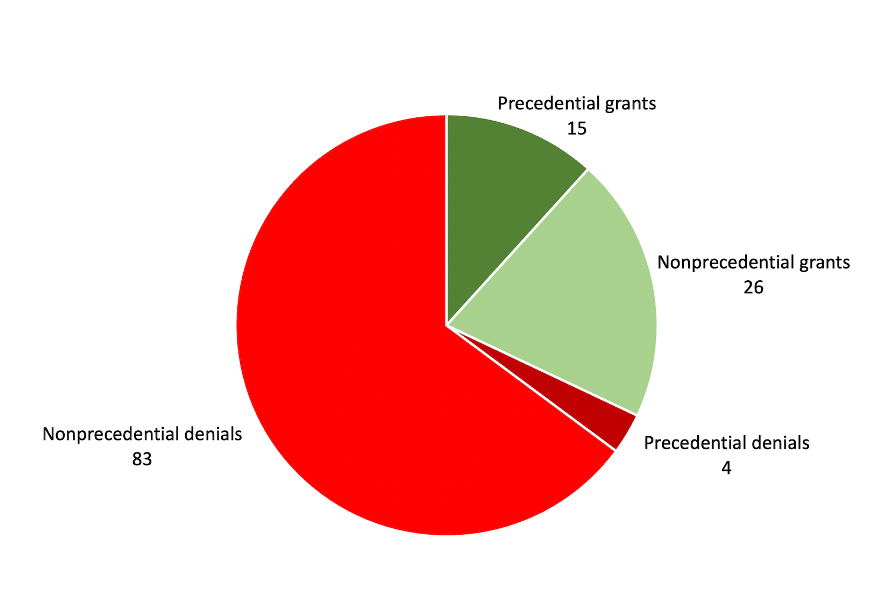Editor’s note: This post is the first in a series relating to the Diversity Pilots Initiative, a project co-organized by Professors Margo Bagley & Colleen Chien along with Professor Jillian Grennan that seeks to advance inclusive innovation through rigorous research. The preview blog in the series is here and resources from the first conference of the initiative, co-organized with the USPTO are available here. Below, Professor Bagley introduces herself, the project, and the series. – Jason Rantanen
By: Margo A. Bagley, Asa Griggs Candler Professor of Law, Emory University School of Law, co-inventor, and Principal, Diversity Pilots Initiative. Watch her video for Invent Together, entitled Challenges Encountered as a Diverse Inventor.
In addition to being Associate Dean for Research and Asa Griggs Candler Professor of Law at Emory University School of Law, I am an African-American woman, co-inventor on two patents, patent attorney and law professor, author of numerous articles, chapters, and books on patent law, and advisor on patent issues to governments and international organizations. And yet, it is my firsthand experience, as a member of groups that have been systematically underrepresented and overlooked in the innovation ecosystem, that gives me a deep understanding and resolve to champion diversity and inclusion in innovation and led me to co-organize, with Professor Colleen Chien and personnel from the USPTO, the first Innovator Diversity Pilots conference held at Santa Clara Law School on November 18, 2022. (video recordings and slides available here.) This blog post, and others to follow in the series, will highlight practices that have been or will be tried, tested and evaluated to increase diversity in innovation.
According to the USPTO, women represent over 50% of the workforce and 27% of STEM workers, but comprise only 13% of inventors on patents. Moreover, while black inventors have made profound contributions to technological advances in America, it is estimated that from 1970 to 2006, black American inventors received six patents per million people, compared to 235 patents per million for all U.S. inventors. These statistics provided part of the impetus for the conference, which was co-organized by the USPTO and co-sponsored by the law schools of Santa Clara University and Emory University, the Intellectual Property Owners Association, the US Intellectual Property Alliance, the National Academy of Inventors, the Institute for Progress, the Association of University Technology Managers, Meta, the Institute for IP and Social Justice, Finnegan, and Schwegman Lundberg & Woessner.
The conference focused on piloting: temporarily introducing new practices to learn from, combined with rigorous research methods to evaluate their effectiveness. The day comprised a lively mixture of “Firestarter” presentations describing pilots already completed or underway, along with academic “pitches” — proposals for new pilots across a range of entities and at a variety of points along the innovation timeline. It also included a thought-provoking keynote address by Professor John List (author of the Voltage Effect) (video), exploring the importance of successful scaling of pilots to achieve measurable results, and a fireside chat with dynamic USPTO Director Kathi Vidal whose unparalleled commitment to increasing the participation of members of underrepresented groups in the patenting process is already well underway and bearing fruit. (video)
An underlying theme of the conference was the important realization that growing the percentage of Americans of all backgrounds participating in the innovation system is not only the right thing to do, it is also critical to global economic competitiveness for the United States. For many who are aware of the dismal statistics cited above but are unsure of how to impact them, the conference provided (and through its preserved recordings still provides) an empowering opportunity to identify measurable, deployable ways to pilot low risk interventions. It also facilitated the fostering of a community of practice, the bolstering of an evidence base for what works (and, importantly, what does not), all of which can inform policy and regulatory efforts to promote diversity and inclusion in innovation and invention.
Segments explored the why and how of diversity piloting, including the case for diversity in innovation and for rigorously piloting ways of advancing it. Firestarters described, inter alia, diversity nudges and ways of addressing organizational barriers to diversity in the innovation ecosystem such as the measurable success of opt-out vs. opt-in invention disclosure systems; affinity group creation and support in the USPTO; the PTAB LEAP program (granting 15 additional minutes of argument to a party that allows a junior associate to participate in oral advocacy); and a “moneyball”-like fellowship program successful in bringing back into the legal profession more than 200 women who left it to raise children. Pitches covered attribution practices at the Office, mentorship, and adapting the diversity pledge to the legal academy. (video)
An intrinsic feature of the conference was its effectiveness in lifting up several successful initiatives already underway, as well as resources available to stakeholders seeking where or how to begin. It built on and featured important early efforts like the USIPA Increasing Diversity in Innovation Pledge, signed by over 50 leading companies, the USPTO Council for Inclusive Innovation (CI2), IPO Diversity in IP Toolkit, and the Santa Clara Diversity in Innovation Best Practices Guide.
Important law firm and corporate initiatives highlighted at the conference during Session 5 include Adapt.legal’s mentorship and DEI program resources, Schwegman Lundberg & Woessner’s SLW Academy providing a comprehensive set of free patent training videos, as well as Harrity & Harrity’s multi-pronged approach to increasing innovator and patent practitioner diversity and capacity, including the Harrity Academy and Patent Pathways programs (volunteer here). We hope at future conferences to feature even more of the work that these and other firms are doing that often is insufficiently publicized and lauded.
The conference also provided opportunities for sharing personal reflections. Colleen Chien (the mastermind of the conference and diversity piloting approach) and I together shared ways that technical fields have provided opportunities for the advancement of women and people of color in our own families and journeys, but also stereotypes and roadblocks that may stymie progress. We both found encouraging the variety of approaches presented during the day that bode well for the patent system’s ability to facilitate personal advancement for more Americans from all walks of life, while advancing our national interest in technological progress. (video presentation, slides)
Students in a Patent Law course I taught at Harvard Law School were assigned to watch a 1.5-hour conference segment of their choosing and write a short reaction paper on their impressions. Their reactions were fascinating, featuring words like “shocking”, surprising”, “moving”, “jarring”, “heartening”, “wonderful”, “compelling”, “hopeful”, and “amazing”, and often linking what they heard in the conference pitches to their own lived experiences in research ecosystems prior to law school.
The second Innovator Diversity Pilots conference being planned for 2024 at Emory University School of Law, will build on the success and momentum of this first conference and will provide an opportunity to report learnings from pilots launched and/or continued in the interim. Please check out the conference recordings and resources, stay tuned for future blog posts, and drop us a line to let us know how we can uplift your effective practices for increasing diversity in innovation too! (diversitypilots@gmail.com)

